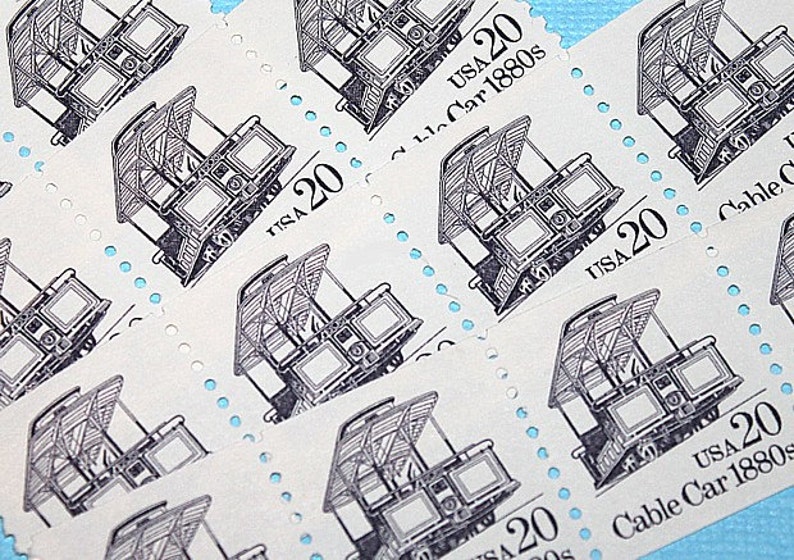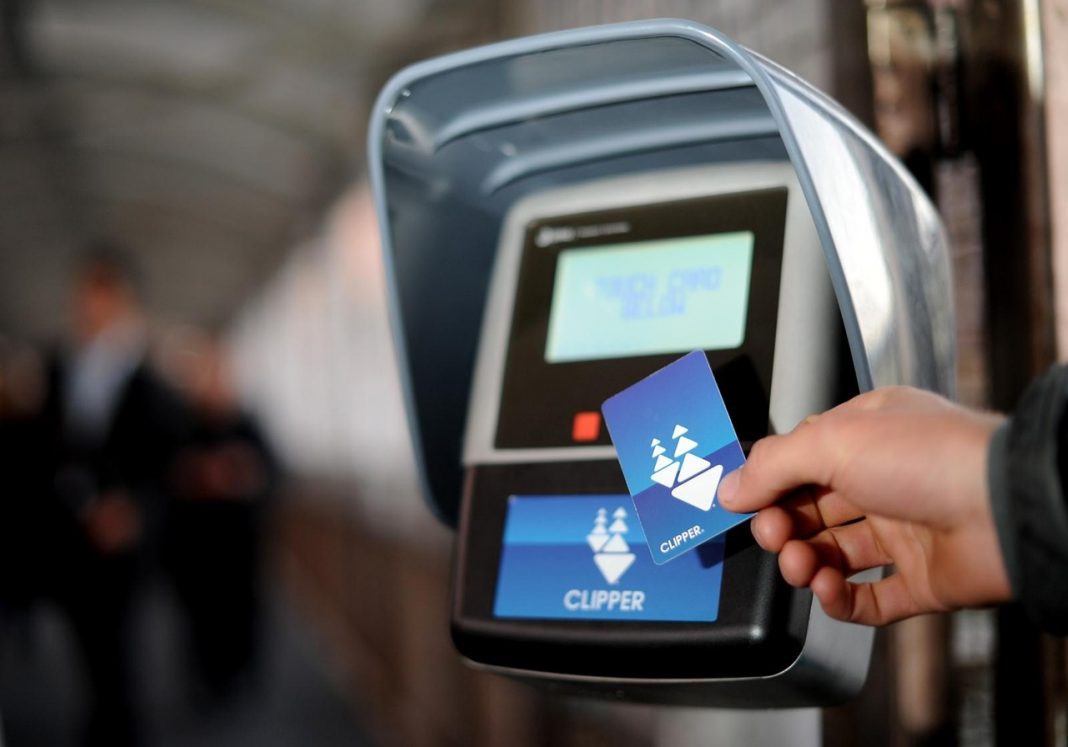

"We're working extremely hard to reach everyone," Rose said. Rose said the agency has deployed teams of Muni ambassadors and "street teams" to spread the word, hand out cards and explain how they work.

Some transit advocates have complained that Muni has done too little to reach out to non-English-speaking communities and to explain the changes. 1, and Muni-only Fast Passes make the switch on April 1. Passes for youths and seniors move to Clipper only on Feb. 1, Muni riders who use "A" Fast Passes, which allows unlimited travel on Muni and BART within the city limits, must get Clipper cards and have the pass electronically loaded - online, at ticket machines or at retailers - to pay for fares. The agency will begin eliminating paper Fast Passes - and Muni sells 150,000 of them each month - in a matter of weeks.Īs of Nov. The transit agency has also replaced its 30-year-old Muni Metro fare gates with modern entry gates that accept the cards and paper limited-use tickets that patrons will use for up to 90 days once sales begin at ticket machines in October.īut a bigger challenge lies ahead for Muni, by far the Bay Area's busiest transit system. Muni has retrained all of its cable car operators to use handheld card readers, which are needed because the historic vehicles don't have electricity to power the usual Clipper equipment, Rose said. Some cable car commuters complained about problems getting operators to accept Clipper cards.īut Goodwin and Paul Rose, a spokesman for the San Francisco Municipal Transportation Agency, said those problems have either been resolved or are being worked out by a task force of employees from the different transit agencies and Cubic, which built and operates the Clipper system. Some Muni Fast Pass users have had difficulties getting their monthly passes loaded onto their Clipper cards because of technical problems involving differing fare rules at Muni and BART. A big problem came this month when the automated loading of commuter benefits for about 6,000 Wage Works customers didn't occur as scheduled. Most of the troubles, Goodwin said, involve the Clipper customer service center, which has had to add staff, including more representatives speaking languages other than English, and improve training. "I can candidly say that these are good problems to have but they are problems that we need to solve nonetheless." "The problems we're having are primarily growing pains," said John Goodwin, a spokesman for the Metropolitan Transportation Commission, the Bay Area's transportation planning and financing agency. With more people using Clipper, more problems have surfaced. But for now, officials are pleased with, but challenged by, the surge in use of the blue and white cards.ĭuring the first week in August, Clipper cards were used 93,800 times to pay fares on the five transit agencies - an increase of 11 percent over the previous week, and up more than 240 percent compared with a year earlier when there was a soft launch of the program on the five systems. Eventually, regional transportation officials hope passengers on all of the Bay Area's two dozen transit agencies will use the cards to pay their way.


 0 kommentar(er)
0 kommentar(er)
